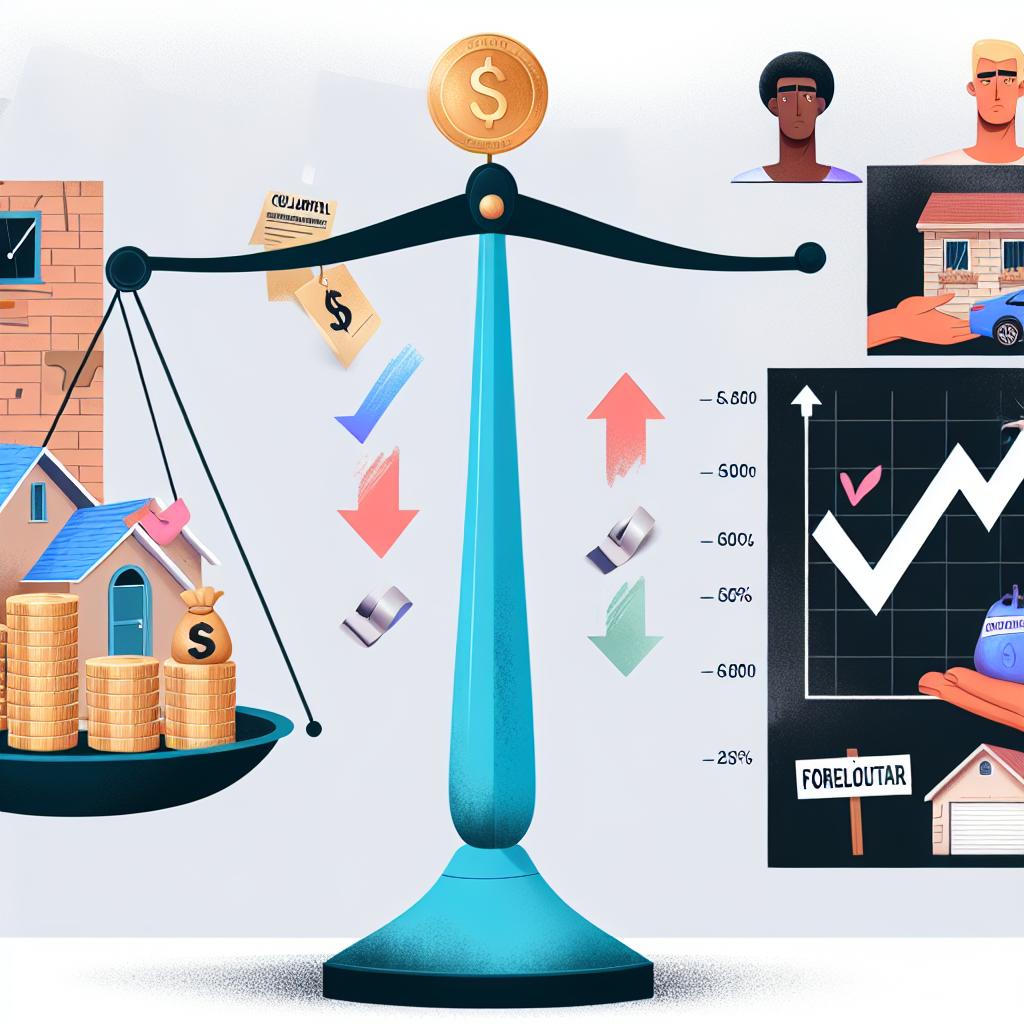
The pros and cons of secured loans.
The Pros and Cons of Secured Loans
Secured loans are a crucial component of the financial landscape, offering borrowers access to substantial funds when needed. These loans, characterized by the backing of a tangible asset like a vehicle or property, present both benefits and risks. A comprehensive understanding of these aspects can assist borrowers in making informed financial decisions.
Pros of Secured Loans
Lower Interest Rates: Secured loans stand out for typically offering lower interest rates than their unsecured counterparts. This interest rate advantage arises from the reduced risk to lenders due to collateral backing. Lenders, assured of asset security, can extend more favorable loan terms, which translates to significant savings over the loan’s duration.
Higher Borrowing Limits: Borrowers often find that secured loans provide access to larger sums of money. Collateral presence reassures lenders, encouraging them to offer finance that can cover large expenses, such as property purchases or extensive renovations. This makes secured loans an attractive option for those needing considerable financial backing.
Improved Chances of Approval: Individuals with lower credit scores might still be eligible for secured loans due to the collateral component. The added security of the asset reduces lender concern over default risk, thus increasing the likelihood of loan approval. This aspect broadens access to borrowing for individuals who might otherwise be excluded.
Cons of Secured Loans
Risk of Asset Loss: The primary drawback of secured loans is the possibility of losing the collateral if repayment obligations are not met. Failure to adhere to the terms can result in the lender seizing the asset used as collateral, which could mean forfeiting property, vehicles, or other valuable items.
Longer Approval Process: The application process for secured loans typically involves more detailed scrutiny. Lenders need to evaluate the collateral’s value and ensure it meets their criteria, a step that can prolong the time taken to approve and disburse the loan.
Restrictions on Asset Use: Certain secured loans come with stipulations regarding how the collateral can be used during the loan term. For instance, using a car as collateral may limit the borrower’s ability to sell or transfer the vehicle until the loan is completely repaid.
Considerations When Choosing a Secured Loan
Before deciding on a secured loan, borrowers should thoroughly assess their financial situation and repayment capacity. Understanding the loan’s terms and conditions — including interest rates, fees, and any penalties for early repayment — is crucial. In some scenarios, an unsecured loan may emerge as a more viable alternative, even at a higher interest rate, due to the minimal risk of forfeiting valuable assets.
It’s also essential to evaluate the purpose of the loan. Secured loans, with their potentially larger borrowing amounts and lower interest rates, could be ideal for long-term investments or large purchases. However, for short-term needs, the benefits might not outweigh the risks, especially if there’s any uncertainty about meeting the repayment schedule.
Conclusion
Secured loans can serve as effective mechanisms for acquiring substantial amounts of money at reduced interest rates. However, they come with inherent risks that necessitate careful consideration. Borrowers should diligently research and reflect on their personal circumstances before committing to such financial arrangements. By weighing both the advantages and challenges, individuals can align their borrowing decisions with their overall financial objectives and necessities.
In conclusion, while secured loans present several appealing benefits, they require careful navigation. Proper evaluation of one’s financial health, understanding the stipulations of the loan, and assessing alternative borrowing options can better position borrowers to leverage secured loans successfully. Making informed, strategic choices can ensure these loans serve as advantageous financial tools rather than liabilities.
